China's $112 Billion Infrastructure Push Signals Strategic Openings for Global Investors in 2025
China has completed the rollout of its full-year infrastructure investment plan for 2025, allocating a total of ¥800 billion (approximately US$111.8 billion) to bolster key national strategies and upgrade security capacities in critical sectors. The final tranche—over ¥300 billion—was issued this week, marking the third and last phase of funding, according to the National Development and Reform Commission (NDRC).
This latest round of state-led investment will support 1,459 projects, with a dual focus on "hard infrastructure" development and "soft reforms," encompassing everything from transportation and environmental restoration to logistics and workforce alignment.
For international stakeholders—from sovereign wealth funds to infrastructure-focused private equity, insurers, and trade finance professionals—this funding surge offers both a window into China's evolving economic priorities and a signal of the potential opportunities in project financing, supply chain collaboration, and green energy innovation.
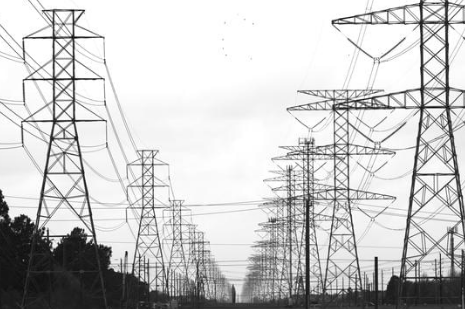
Strategic Hard Infrastructure: From the Yangtze to the Western Sea
The core of the ¥800 billion initiative lies in expansive infrastructure development. Projects include ecological restoration in the Yangtze River basin, major transportation corridors along the Yangtze, the expansion of the Western Land-Sea Corridor, upgrades to high-standard farmland, large-scale water conservancy works, and enhancements to urban underground utility systems.
This focus reveals a deliberate strategy: balancing traditional growth engines—such as transport and agriculture—with environmental resilience and urban modernization. For example, the Western Land-Sea Corridor project aims to deepen inland China's connectivity with Southeast Asia, potentially reshaping freight and logistics patterns across the region.
Implication for Global Partners:
For multinational engineering firms, sustainability solution providers, and investors in green infrastructure, these projects present entry points into long-cycle public-private partnerships, especially in areas like smart water management, underground municipal systems, and ecological engineering.
Soft Reforms: Financial Models, Logistics, and Talent Alignment
Beyond physical infrastructure, the NDRC highlighted an array of institutional reforms designed to reinforce long-term system efficiency. These include:
Railway Financing Reform along the Yangtze, hinting at public-private financing models that could open the door to foreign capital participation.
Upgraded Urban Utility Maintenance frameworks, addressing chronic infrastructure fatigue in China's rapidly aging cities.
Refined National Logistics Hub Planning, aimed at reducing internal trade frictions and enhancing last-mile connectivity.
Labor Force Adaptation Mechanisms, aligning vocational and academic training with real-world industrial demand.
New Energy-Sand Control Models, such as “wind power + desertification control,” which integrate environmental management with renewable energy deployment.
Notably, the “wind power + sand control” pilot reflects China's growing interest in nature-based climate solutions—an area of increasing convergence with Western sustainability investment mandates.
Tapping into China's Trade-In and Equipment Renewal Programs
This third-phase rollout builds on earlier stimulus measures. As of July, China has allocated ¥300 billion in ultra-long special treasury bonds to support equipment upgrades and consumer trade-in programs—a targeted stimulus to drive both industrial modernization and consumer sentiment.
The first two tranches—totaling ¥162 billion—were issued in January and April. The third round is now poised to reinforce the momentum in Q3. These programs are expected to stimulate domestic demand for industrial machinery, vehicles, home appliances, and green technology—offering fertile ground for foreign brands with competitive advantages in quality and energy efficiency.
Economic Outlook: Coordinated Investment to Support a 5% Growth Target
China's GDP grew 5.4% in Q1 2025, slightly ahead of its full-year target of “around 5%.” Analysts see the coordinated deployment of infrastructure investment and consumption stimulus as essential in supporting growth amid global headwinds and internal structural shifts.
While headline growth remains stable, the composition of investment matters more for long-term observers. The pivot toward sustainable infrastructure, regional integration, and reform of underlying financial and logistical systems suggests that China's 2025 investment strategy is as much about resilience and rebalancing as it is about short-term stimulus.









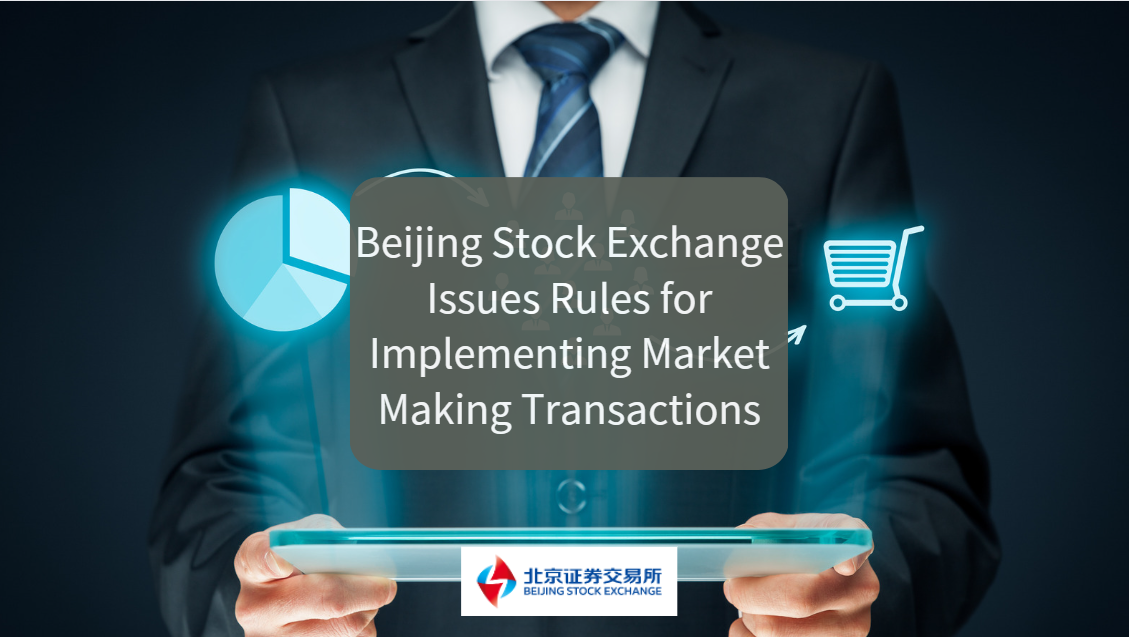



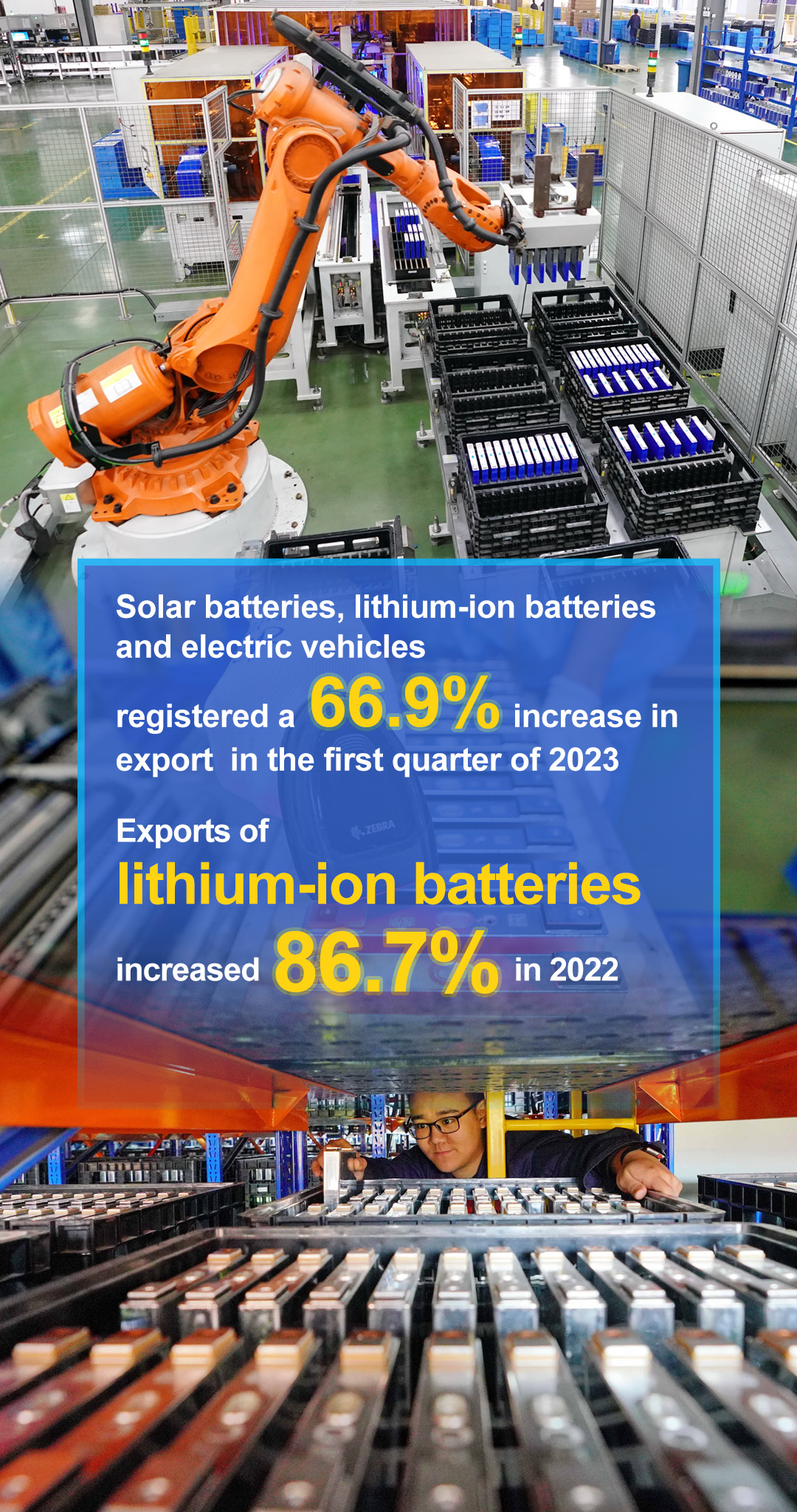
































First, please LoginComment After ~